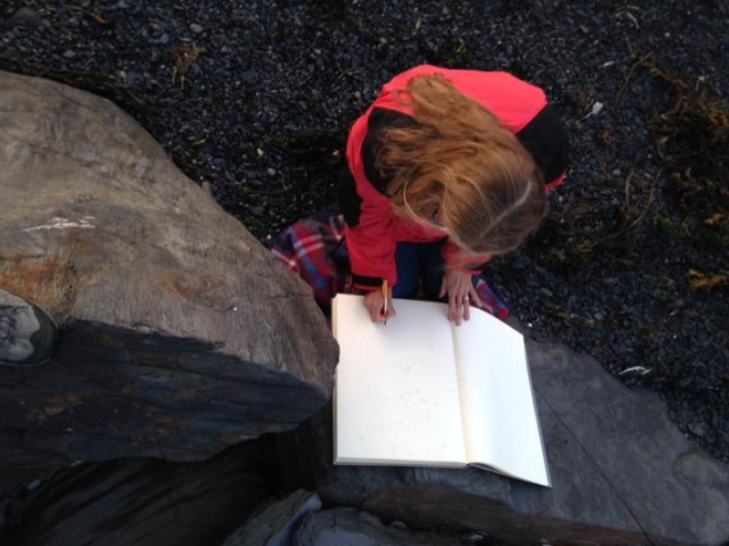 Wood cutting
Wood cutting
FEATURE
Woodcut
Knives, gouges and other tools are used to carve an image into a block of wood. Ink is applied using a roller; the cut away areas do not pick up ink as they are below the surface. Paper is placed on top and is printed with a press or by hand.
TECHNIQUE
Woodcut
Knives, gouges and other tools are used to carve an image into a block of wood. Ink is applied using a roller; the cut away areas do not pick up ink as they are below the surface. Paper is placed on top and is printed with a press or by hand.


Because the wood is cut along the grain (compared to woodblock, where the wood is cut across the grain), marks can be difficult to cut, resulting in rough, sometimes splintery-looking prints. Depending on the wood chosen, it is possible to have more, or less of this effect.
In the history of woodcuts, fruitwoods were popular in Japan and Europe. Albrecht Dürer used pear for his masterful woodcuts. Hardwoods like pear, cherry, maple, birch, beech and walnut hold fine lines when carved, and maintain their detail after repeated printings.
Softwoods such as pine and poplar can also be used for relief printing but it is more difficult to achieve fine lines and a large number of prints, as the softer wood is more fragile.
More printmaking techniques
Lithography
An image is painted, drawn or stencilled onto a slab of limestone or a metal plate (often aluminium) with oily materials, including greasy crayons and pencils, special ink called tusche, and photochemical transfers.
Carborundum
Abrasive carborundum grit (silicon carbide) is mixed with acrylic medium or glue and painted onto a flat surface, such as plastic or metal.
More Features
All featuresCollecting the Looking
“I love drawing really quickly. I love drawing in really difficult situations. I love drawing in the dark. I like what happens when you can’t see everything or when it’s passed and you have to remember it rather than drawing what it actually looks like, so it’s about the experience of looking as much as what I’m looking at.”
We talk to Michelle Avison about building a resilient artistic practice over 30 years.
Etching
Etching was originally invented as a method for adding decoration to armour during the Middle Ages. Artists began to use metal plates for printing in the 15th century, when Albrecht Durer made work on iron plates. Later artists such as Andrea Mantegna in Italy and Rembrandt in Holland went on to make etchings on copper.
Soft ground
Soft ground was invented in the latter half of the eighteenth century as a means of reproducing the grainy qualities of chalk work. It was first used in England by Gainsborough and artists of the Norwich School.





